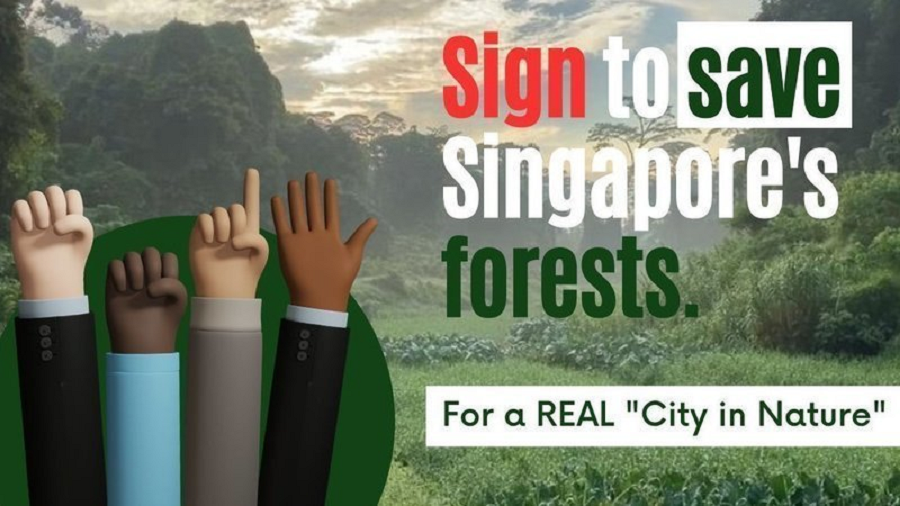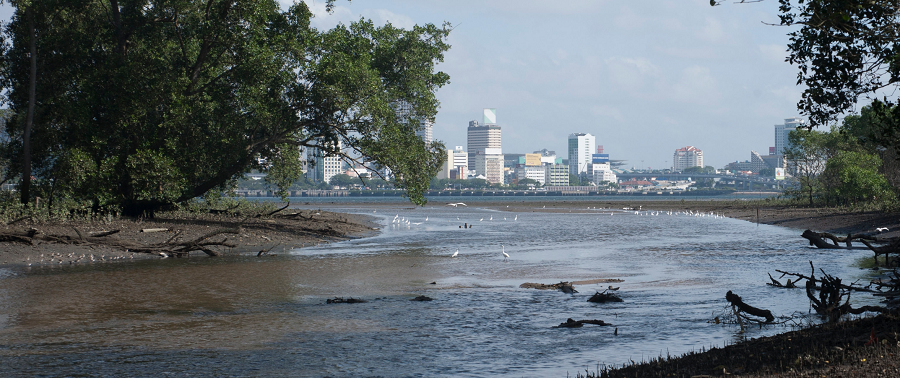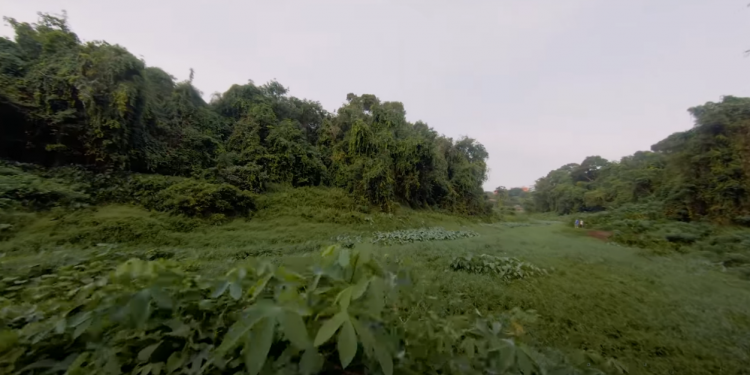Known to the world as a Garden City, Singapore prides itself as a country which strives to preserve nature within its urbanised society.
With limited land space, the country struggles between gazetting designated areas for nature versus forgoing large plots of greeneries for urban development.
This long-time struggle recently surfaced again with Clementi Forest.
Known to be the second-largest patch of wildlife habitat after Bukit Timah Nature Reserve, the forest is bounded by King Albert Park, Clementi Road, Old Holland-Ulu Pandan Road, and the main Rail Corridor. Spanning a land area of 85 hectares, it is the home of many species of floral and fauna as well as wildlife.
Petition to preserve nature reserve
When the Urban Redevelopment Authority (URA) mentioned that Clementi Forest was designated for residential development in its 2019’s master plan, a petition to protect the forest from urbanisation quickly made its rounds in the online community.

The petition highlighted that the absence of Clementi Forest will result in more than 90 species of birds and plants losing their homes, among other detrimental effects to both nature and the environment.
Till date, more than 13,000 people have signed the petition.
No immediate need for space to be used as housing development
During the parliamentary debate on 4 January 2021, Workers’ Party Member of Parliament Mr Dennis Tan asked the Minister for National Development, Mr Desmond Lee, whether there will be a review of the status of Clementi Forest and other forests earmarked for potential development.
In his response, Mr Lee stated that Clementi Forest has been safeguarded for residential use since the 1998 Master Plan was developed. The minister emphasised that there is no immediate need to develop the place for housing.
The zoning of the site remains. As to whether Clementi Forest should be used for housing when the need arises, the decision can be made by future generations.
Mr Lee also cited some examples of past projects, whereby the government chose to retain green spaces, instead of forgoing them for development.
One such instance was the Mandai Mangroves and Mudflats, which was initially planned for factory use. However, the government decided to preserve it as a nature park due to its ecological value.

It was also mentioned by Mr Lee that about 7,800 hectares of Singapore’s land has been safeguarded for nature reserves, nature areas, nature parks, and other green spaces.
Plans to restore nature
In order to restore nature back into Singapore, the National Parks Board (NParks) launched the One Million Trees Movement in April 2020. The objective is to plant one million trees over the next 10 years, to bring the total number of trees in Singapore to more than 8 million.
More than 110,000 trees have been planted to date.
The government also has plans to provide an additional 1,000 hectares of green spaces over the next 10 to 15 years.
Repercussions of forest loss
Extensive forest loss brings about both short and long term repercussions.
The most apparent short-term effect will be the loss of homes for many endangered and rare species.
About one-fifth (90 types) of the bird species recorded in Singapore resides at Clementi Forest. Aside from birds, 98 species of vascular plants also call the forest home.
Aside from many wildlife and plants losing their homes, forest loss will also see an increase in the number of flash floods. Vegetations holds an important role in this instance as they have the ability to absorb water.
When an area experiences excessive rainfall, coupled with the fact that there’s little vegetation to absorb the rainwater, this will result in water to accumulate, causing flash floods.
Another issue of forest loss is the risk of climate change. As trees absorb carbon dioxide, they in turn help to reduce atmospheric carbon. In addition, tree canopies reflect heat and cool the surface and ambient temperatures through shade and evapo-transpiration.
The absence of trees will result in the country to experience higher temperatures, which will in turn bring about an irreversible effect of destroying wildlife’s natural habitats.
There lies a need to balance the demand for commercialism and protecting the country’s green spaces. It takes the collaborative effort between several parties, such as urban planners, activists and the government, to ensure that the scale is nicely balanced.
Join the conversations on THG’s Facebook and Instagram, and get the latest updates via Telegram.














